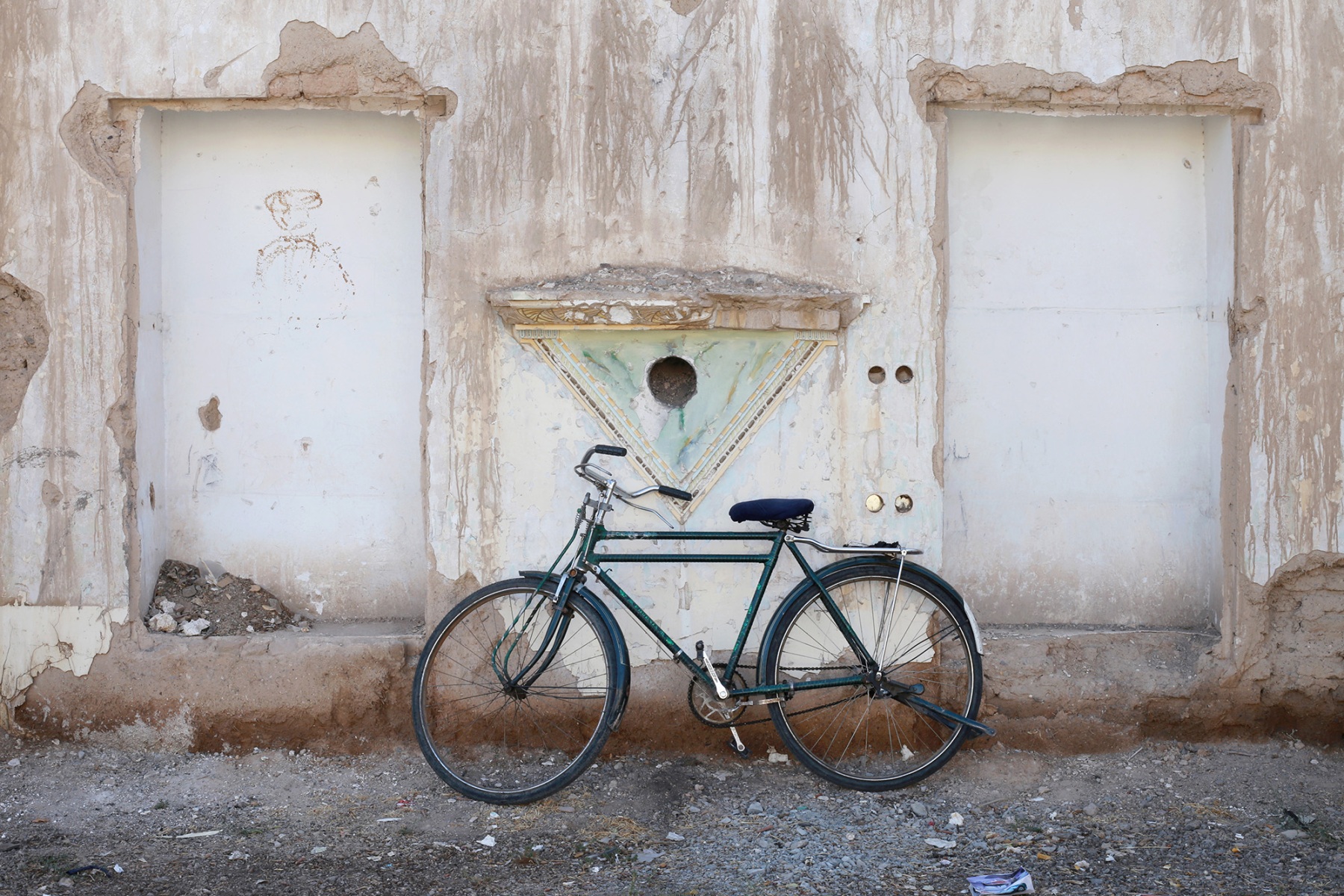Social history, unlike political history, examines various aspects of life and culture from a bottom-up perspective—how governmental regulations affect people’s lives and behaviors. It delves into the processes and outcomes of human actions to provide a more complete picture of a period, beyond the achievements of political or intellectual history.
Orhan Pamuk, a Turkish writer, portrays a part of Istanbul’s history by writing the historical novel “The Museum of Innocence,” set in Istanbul, and by collecting objects related to fictional characters and events in the novel, establishing a personal museum in a building in Istanbul. He sees the philosophy behind setting up a museum as overcoming the linear course of time. In his novel, in accordance with Aristotle’s theory, he views time as having two aspects: the timeline (which ends in death) and the present time. According to Pamuk, this timeline connects all objects and moments, but contemplating this temporal course is very painful because it leads towards death. Yet sometimes these moments we call “now” can bring such joy and pleasure that it lasts for a century. The author considers collecting objects related to his lover as preserving these present moments. He believes objects have a soul that preserves and conveys the historical essence of the moment forever. For me, my hometown of Zanjan was akin to Pamuk’s character “Fusun,” his lover, which inspired me to try and document the existing artifacts by collecting objects related to each story and arranging them as a visual record.
This personal interest stemmed from the absence of written sources about cultures, rituals, and stories, and the fear of losing the customs and traditions of a period when my grandparents and parents lived. This led to the collection of stories, events, and the lives of the people of Zanjan from the 1920s to the 1950s, aiming to document a part of Zanjan’s social history.
Human sensory perceptions are one of the most important components in social history studies. The necessity of documenting Zanjan’s social history compelled me to attempt documenting the existing artifacts by collecting objects related to each story and arranging them visually. The result was an exhibition combining photography, literature, and arrangement, allowing viewers to touch, smell, taste the objects in the photos, and listen to the stories they represent.
Yel-ati
It was just after dawn when he arrived at the gate of the Citadel. He headed straight for Khalil the Bike Rental Man. Barely pausing for greetings, he hurriedly asked, “What’s the rental fee?” Khalil, who had just removed the wooden shutters from his shop’s windows and was sprinkling water over the sidewalk from his brass jug, cast him a sidelong, unfriendly glance before replying reluctantly, “One hour, one qiran.” He reached into his pocket and pulled out two qirans—his entire savings, which he had scraped together after talking with Naghi to afford a two-hour rental. An hour of pedaling wasn’t enough to reach Mahmoud Khan’s pond. He had set his heart on reaching the pond where they had gone for Sizdah Bedar with his family. He saw it as practice for reaching Chellehkhaneh, so he could eventually save up again and, one day, bike there before his father returned from work and find the cave of Sheikh Akhi Faraj. Naghi had told him Sheikh Akhi’s long vigils had protected Zanjan from floods and earthquakes. He imagined that if he climbed the mountain, he would find the Sheikh’s cave and belongings. He handed the two qirans to Khalil, and even though his legs barely reached the pedals, he started pedaling quickly. He needed to ride as hard as he could to complete his journey within the two-hour limit and avoid a penalty. He started from the alley beside Shahnaz Hospital, a route he knew like the back of his hand. When schools were open, he’d traveled this way—through Bahar Alley, Firefighter’s Alley, the Citadel Gate, and Dr. Khanali School—four times a day for nine months to go home for lunch and then return for his afternoon shift. By Shahnaz Hospital, there was a door he’d pass by with his eyes closed. He had gotten used to hearing the laments of families retrieving the bodies of loved ones from the hospital morgue, and after nights of nightmares, he learned to hold his breath and close his eyes until those mournful sounds faded. Today, though, he couldn’t afford to look away for fear of an accident. His eyes wide open, he pedaled through the crowd of people dressed in black and made it to Saadi Shomali. It had been a few months since Saadi Shomali had been renamed Saadi Miyan (Middle Saadi), with a new, unpaved street lined with freshly planted young plane trees by the scouts now called Saadi Shomali. He passed through Bahar and after the matchstick factory, he saw only open plains. The freshly risen summer sun beat down on him, and the few scattered mudbrick homes, like islands in a sea, appeared as blazing orange dots on the horizon. He pedaled through the rocky road with all his strength. Near the end of the route to Mahmoud Khan’s pond, a triangular rock punctured the bicycle tire. Missing out on seeing the pond and the thought of the long journey back was one thing, but Khalil’s penalty was another. He alternated between pushing the bike and carrying it on his back, drenched in sweat and anxious, asking every passerby for the time. With each step, the city houses appeared larger, his fear of Khalil’s penalty and the thought of his father’s reproach and punishment quickening his pace and making the bicycle feel heavier. Drops of sweat dripped from the tip of his nose onto the strange shadow cast by the bike on his shoulders, making it resemble a pair of scales. As his shadow gradually shrank, he realized it was nearing noon. Just as he reached the Citadel Gate, the call to prayer from the mosque echoed in the distance. From afar, he read the yellow signboard that said *“Yel Ati.” Seeing Khalil’s red, sweat-streaked face, now mingled with the black grease of the bike, he felt a pang of sympathy as Khalil, after a bit of scolding about “how the bike would never be the same again,” waived the late fee. He scrounged up enough to cover the puncture repair from the loose coins in his pocket and returned home, defeated. It was late summer, and his father, having heard the story from Khalil, finally kept his promise from the previous year and bought him a bike. It was a Lion’s Recline 28, but he had to share it with his older brother, taking turns to ride it. *"Yel Ati" is a Turkish term meaning "Wind Horse," used as a metaphor to describe bicycles.


